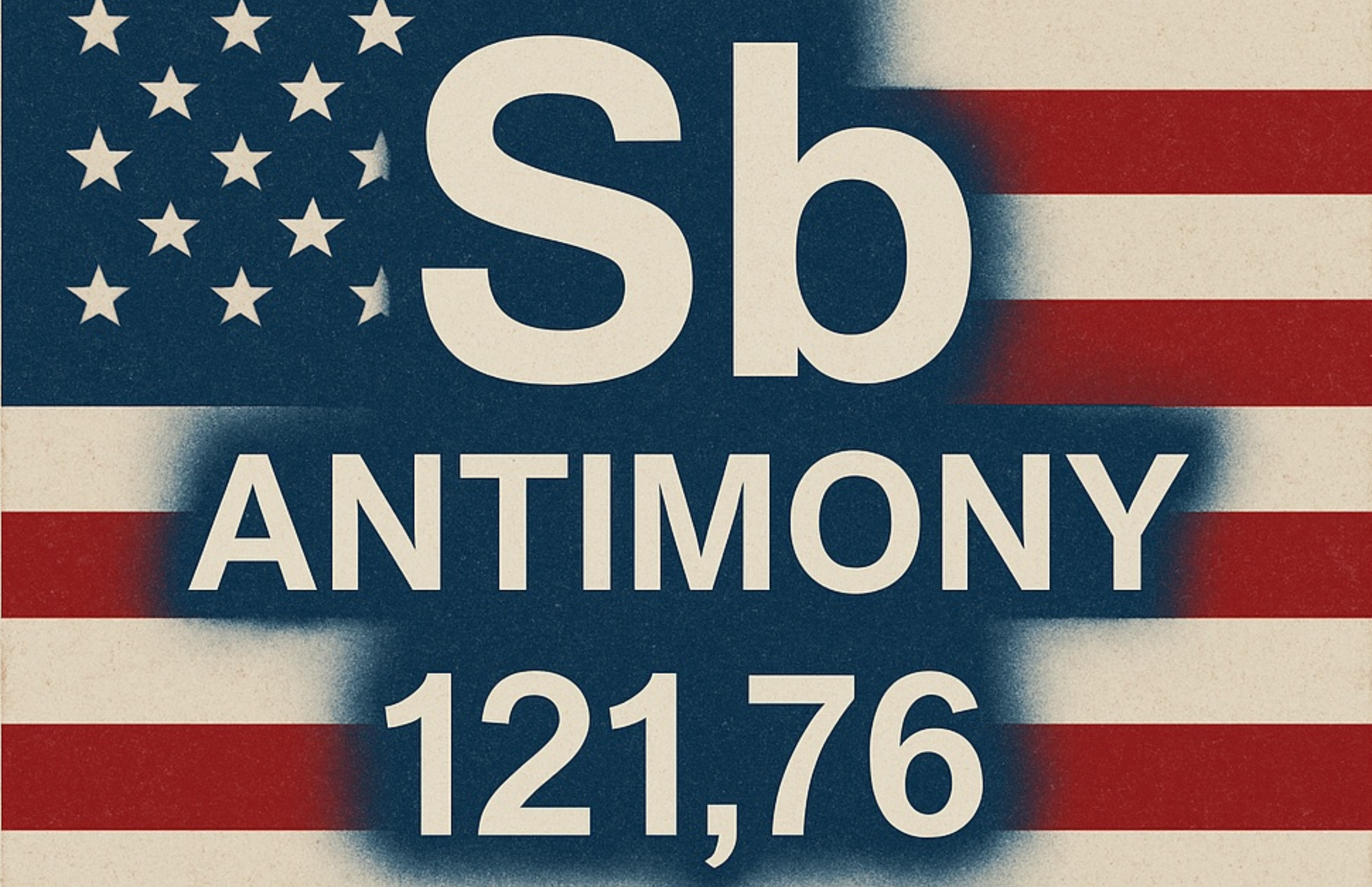Accelerating US funding for antimony security
News Analysis

2
Oct
2025
Accelerating US funding for antimony security
The US Department of War and US Defense Logistics Agency have awarded nearly US$290M towards antimony supply chains for military applications.
The funding goes towards both concentrate and metal replenishment of the National Defense Stockpile that supports the US military. US$43.4M is allocated to Nova Minerals’ Estelle antimony concentrate project in Alaska through the Defense Production Act (DPA) Title III, and US$245M is allocated to expansion of the United States Antimony Corporations’ (USAC) ingot production at the Thompson Falls facility.
The availability of antimony supply to the USA has been a key concern, with China banning exports of antimony products to the USA in December 2024; this has sent US (and European) antimony prices to record highs of over US$60,000/t. Prior to this surge, most market participants considered US$14,000/t to be a high price level leading to substitution.
Fundamentally, the main commercial supply chain concern following the ban from China is antimony trioxide, for which the USA was still significantly reliant on imports from China. Ingot supply to both the USA and the EU had already been largely diversified over the last decade, spurred on by declining production in China amid a lack of concentrate feedstock supply.
Higher metal production outside of China will be crucial to allow for additional trioxide units to the USA from existing or new producers; these volumes are expected to come largely from SE Asia, where new capacity has already been built out over H1 2025. This new supply, while still considered at risk (with feedstock from military-run Myanmar and Chinese-owned ingot smelters), should stabilise the commercial market and support antimony prices to fall back from record levels.
For the US military, antimony’s largest volume use is in lead-hardening for ammunition and other armour. Material for these applications can be sourced from recycled lead-acid batteries, making it less at risk. However, the declining content of antimony in newer recycled batteries is necessitating the increased addition of virgin metal into lead applications. Antimony’s use as a flame retardant is also crucial for military applications, requiring antimony trioxide, but remains a niche volume market in comparison to commercial demand. Other applications include its use in pyrotechnics and guidance-system semiconductors, making military-related antimony demand critical to high-tech uses and weapons.
Given the heightened emphasis on securing critical materials for defence applications, as well as antimony’s designation as especially critical due to China’s dominance in refining and recent export restrictions, momentum behind US supply chain buildout has clearly intensified. Project Blue estimates that global defence equipment spending could more than double over the next decade, to a US$1.9Tn market by 2035. It is therefore unsurprising that we are now seeing a rapid uptick in funding commitments and project announcements aimed at advancing domestic capabilities and reducing strategic vulnerabilities.